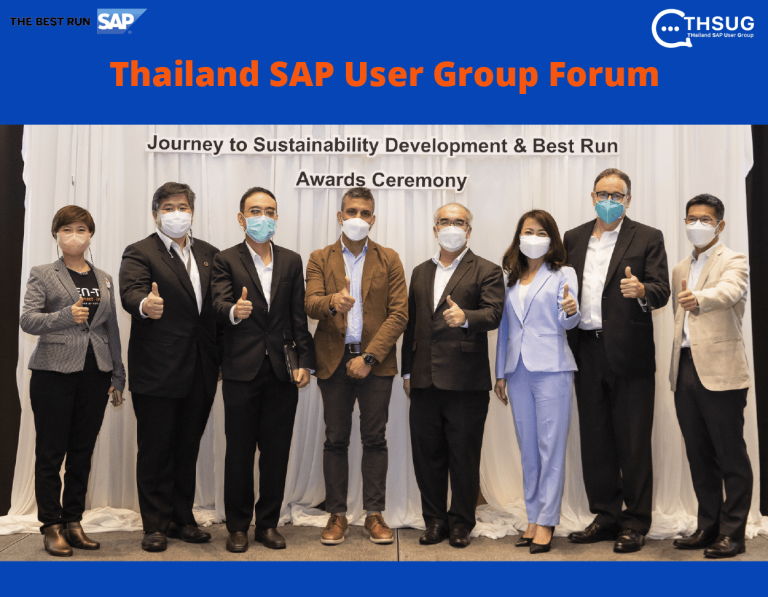

The recent workplace changes within midsize companies are much more than a response to workforce expectations, safety guidance, digitalization trends, or demand for cost reduction. They’re also about building a united culture that sets the business apart from the competition, clearing the way to revenue growth.
How can companies connect the dots between HR administration and growth? According to an IDC Info Snapshot, sponsored by SAP, the answer comes down to “empowering employees, which in turn helps reduce costs and preserve net revenue by decreasing turnover and lost productivity.”
Our research supports IDC’s revelation well: organizations that focus on overall employee engagement deliver three times more revenue per employee, 40% lower workforce turnover, and 15% higher productivity. And in most cases, achieving such improvements begins with a new perspective on the role of HR in the employee experience.
Connecting employees to the business with meaning
The number of changes that HR organizations have experienced in recent months is nothing short of stunning. In many cases, their leaders now report to the CEO. Benefits plans and administrative structures have been reassessed and realigned to better meet employee needs and expectations. Even office-space layouts have evolved to include more stand-up meeting areas, rotating workspaces, and collaboration rooms.
Source: Forbes

Thailand SAP User Group #2 “Journey to Sustainability Development & Best Run Award Ceremony”
เมื่อเร็วๆ นี้ Thailand SAP User

ถอดรหัสความสำเร็จของ HR และ IT ในยุคดิจิทัลทรานส์ฟอร์เมชั่น
โลกหลังการแพร่ระบาดของโควิด-19 ที่มีเทคโนโลยีดิจิทัลเป็นตัวเร่ง สร้างความเปลี่ยนแปลงต่อทุกภาคธุรกิจและองค์กรอย่างหลีกเลี่ยงไม่ได้ กลายมาเป็นโจทย์ใหม่ที่ท้าทายความสามารถของผู้บริหารยุคใหม่ ว่าจะทำอย่างไรให้ธุรกิจยังอยู่รอดและเติบโตได้ในสภาวะวิกฤติ

DoHome Plc. Drives Business Innovation with Digital Transformation
DoHome Plc. Drives Business Innovation

Why Banks Should Focus On Digitizing Procurement To Manage Costs And Reduce Risk
By Falk Rieker, Global Vice